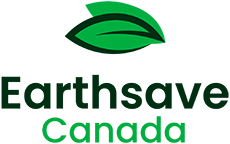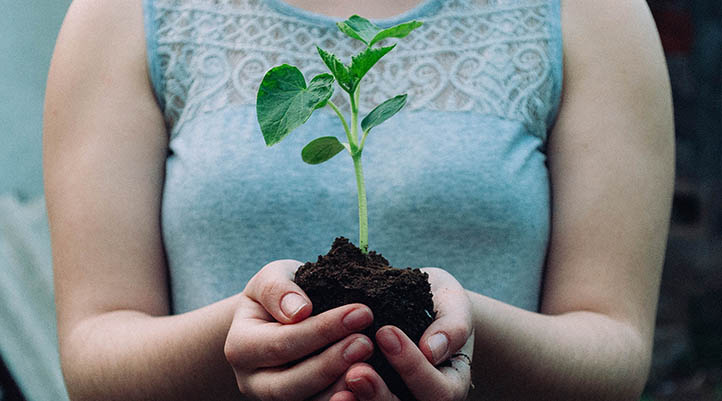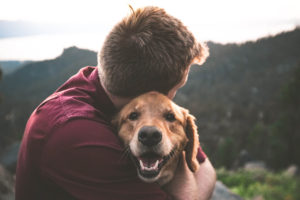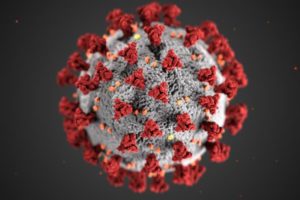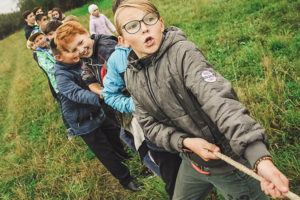For just right now, that title is a rhetorical question, but I’ll return to it at the end. Stick with me.
With the benefit of hindsight, I now view the 3-4 years before choosing to go vegan as a lengthy period of reckoning with the status and treatment of non-human animals in our society. There are two standout events.
The Othering of Non-Human Animals
The first flicker of realization came when I was working in Japan. I would occasionally get posted to Tokyo to provide English language proofreading services at a global pharmaceuticals company. My days consisted of making edits to scientific reports and manuscripts that the researchers were submitting for publication. Fresh out of university with an English degree, this was a strange new world to me.
It also opened my eyes for the first time to the consumption of animals on an industrial scale: I learned there are companies that exist solely to breed creatures that are destined for biomedical research. In between deliveries of document packages, holed up in my corner of the vast research complex, I had a lot of time to sit with this knowledge. Until, one day, I looked up the company websites of some common live animal suppliers and was stunned by their “product descriptions”. In addition to genetic prerequisites, they listed traits such as “docile nature” and “compliant with handling”, which was disturbing to consider – that these creatures were being selectively bred with desirable characteristics that would, ultimately, be weaponized against them.
For the first time, I was faced with how animals in our society are stripped of their agency and reduced to commodity status.
I read study after study seeking to patent novel drug therapies for humans – but using the bodies of mice, rats and beagles as a testing ground. For the first time, I was faced with how animals in our society are stripped of their agency and reduced to commodity status. This realization didn’t immediately cause me to change or deeply question my relationship with other beings. But it did seed an undercurrent of discomfort with the prevailing human / non-human animal dynamic in our society.
The Myth of Humane Meat
The second paradigm shift came during grad school. I had, by this time, become very critical of the agricultural industrial complex (“big ag”). I was reading a lot of the Food Politics blog by Dr. Marion Nestle, and was deeply invested in the ideas that Michael Pollan put forward in his books The Omnivore’s Dilemma and In Defense of Food. In particular, that we should “Eat food. Not too much. Mostly plants”, and that the humane rearing of livestock was both a possible and beneficial part of regenerative farming practices. That pigs should be allowed to root, cows should be allowed to graze and chickens should be allowed to scratch and peck. Then, after living a life in the sun, these creatures could be humanely slaughtered. And that this was good for the animals, the earth, the farmer and the consumer.
So I enrolled in a course called “The Animal and the Human”, thinking this was the ideal outlet to continue refining my thinking around permaculture approaches to animal agriculture – but also knowing that the course material would put me in confrontation with my own ideas and society’s norms around the human and non-human animal dynamic. (It’s certainly telling that I and several of my classmates admitted that we imagined we wouldn’t be able to eat meat for the duration of the class.)
I could see that the way I was currently living and eating was hugely out of step with my ethical compass.
Our professor, a self-described “proselytizing vegan”, had put together a wide-ranging reading list of foundational animal rights texts that brought us face to face with the realities of animal farming and presented the arguments for veganism, as well as rich fictional work that explored the social constructs of “human” and “animal” at large. For me, the one-two gut punch came through Carol J. Adams’s book The Sexual Politics of Meat.
The Sexual Politics of Meat turns a feminist lens on our society’s preoccupation with meat eating and locates it within an overarching system of patriarchal oppression – making the connection between sexual violence against women to the very sex-specific way that farmed animals are exploited and suffer. How mother pigs are kept in farrowing crates that prevent them from being able to turn around or even see their piglets. How dairy cows are kept in a constant cycle of impregnation, having their babies torn away from them and the milk intended for their calves instead sold on supermarket shelves. How hens have been bred to lay eggs at an unnatural size and rate. For all these female creatures, the unrelenting exploitation of their reproductive systems soon renders them “spent.” Any female babies they bring into the world find themselves trapped in this same machine, and males are raised for slaughter or simply thrown away as unwanted by-products.
I could see that the way I was currently living and eating was hugely out of step with my ethical compass, as a feminist and someone who is fundamentally against cruelty and systems of oppression. In every single way, going vegan was absolutely the only rational course of action.
And even then, I didn’t immediately make the choice to go vegan.
But I did continue sitting with my ever-growing feelings of discomfort and questioning my received knowledge around what constitutes a “balanced” diet and ethical farming practices. I continued reading and learning. I watched documentaries like The Animals Film and Cowspiracy that lifted the veil on phrases like “humanely raised” and “humane slaughter” to show the truth of animal agriculture – a system that is entirely predicated on the deep suffering and misuse of animals who have been made utterly vulnerable by humankind. And about six months after finishing grad school, I finally concluded that continuing to eat animals and animal products was putting me at a moral impasse.
Making Different Choices
Over the years, my partner and I found our meat consumption had dwindled to nearly nothing, and we found ourselves living a mainly vegetarian life. Still, when we finally made the decision to go vegan, we gave ourselves another full year to completely make the transition – anticipating that there would be an adjustment period. Dairy and eggs still made up a significant portion of my diet, and there were a few things I found challenging to adapt to life without. In the grand scheme of things, though, my transition to veganism was a smooth one. I quickly learned how to make different choices that felt good in my body and were centred in an ethics of compassion.
In terms of choices I’ve made, the decision to go vegan is up there as one of my best.
Happily, a lot of the things I struggled with probably wouldn’t pose issues for people choosing to go vegan today given the increased choice, availability and quality of vegan products. General knowledge of veganism out in the world also keeps growing. So all I will say on that is: I could have used more reminders that part of unlearning the violence that’s cultured into our society is in practicing self-compassion. This is especially important when you find yourself falling short of your vegan ideal, or if you’re struggling to reconcile your non-vegan past with your vegan present and future.
In terms of choices I’ve made, the decision to go vegan is up there as one of my best. Top five, for sure. By that I mean, this one decision, over time, has continued producing impacts well beyond what I expected when I started on this journey. The act of going vegan, far from being isolated to what I eat, what I wear or how I regard non-human beings, has continued working as a powerful agent of change, and that change inspires a lot of hope.
I’d like to invite you to cast your mind back to the question posed in the title of this piece. It’s the first part of an adage that I often come back to when reflecting on the path I took to going vegan. It’s also been a source of inspiration and all-important hope when navigating the many intersecting crises of this epoch – COVID-19, colonialism, patriarchy, racism, poverty, environmental degradation.
The answer is: “The best time to plant a tree was 20 years ago. The second best time is now.”
Photo by Nikola Jovanovic on Unsplash
